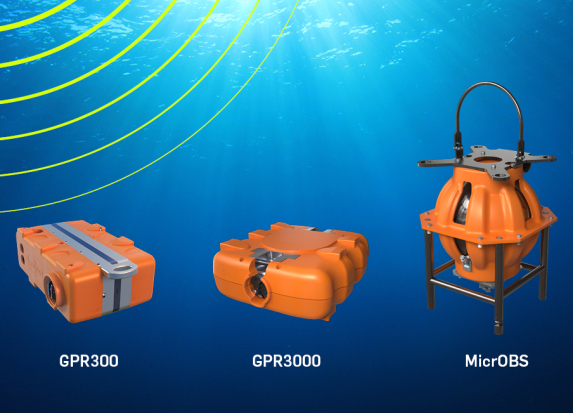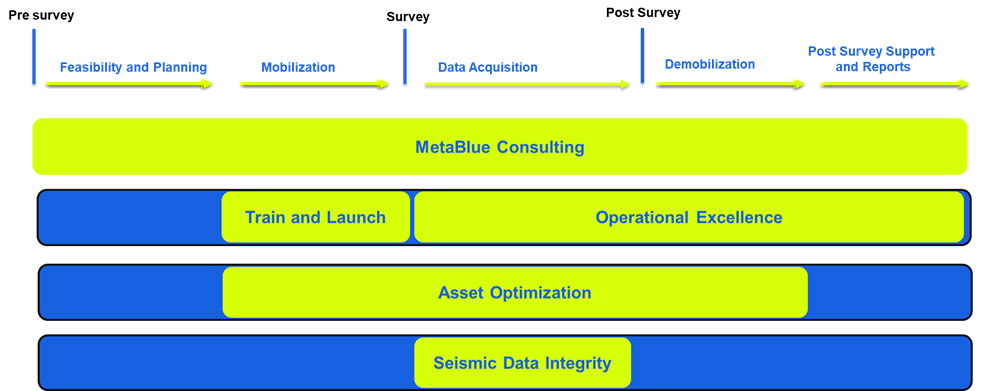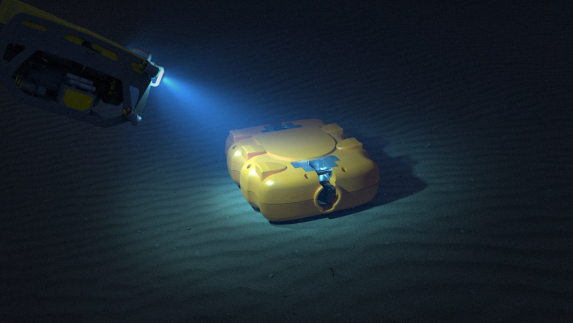As operations extend from shallow to deep and ultra-deepwater areas, the need for robust, autonomous, and high-fidelity sensors has never been greater. Sercel meets this need with the QuietSeis® seabed nodal family, developed for diverse offshore environments, deployment methods, with high-quality data at the heart of its design.
A Node for Every Depth and Environment

Our nodes have been successfully deployed across a wide range of marine environments, including shallow water, transition zones, and deep to ultra-deepwater surveys:
GPR300 is a field-proven best-seller for dense, shallow 3D/4D OBN surveys, and it is compatible with Node-On-A-Rope (NOAR) and ROV operations.
GPR3000 has been developed for dense, deepwater 3D/4D surveys and is compatible with Node-On-A-Rope (NOAR), ROV or AUV deployment.
- MicrOBS is ideal for sparse OBN and hybrid acquisition and offers unique features for free-fall and self pop-up operations in deep water.
QuietSeis MEMS – The Heart of the System
At the core of every node is our unique QuietSeis MEMS sensor technology. Not all MEMS are created equal, and unlike other solutions, QuietSeis is the industry’s most accurate seismic sensor, delivering:
Ultra-low noise
Exceptional broadband fidelity
- Minimal orthogonality error with zero data jitter
The highest-quality subsurface images for precise reservoir characterization and reduced exploration risks
QuietSeis True Fidelity enables direct access to built-in true verticality and excellent vector fidelity.
Figure 1 illustrates the QuietSeis OBN true vertical sensing. We used the polarization of specific waves for validation. In a shallow water context, direct and guided waves are expected to be polarized horizontally, while refracted waves should be polarized vertically. The Z component should therefore only detect refracted waves.
The graph displays results for both a QuietSeis OBN and a geophone-based OBN across all shots. To ease analysis, we aligned the direct waves at zero time by correcting for the time delay required for the direct waves to travel from source to node.
As expected, the QuietSeis Z component detects only sensed refracted waves, confirming its vertical alignment. This is not the case for the geophone-based sensor. Despite tilt correction being applied, its Z component still detects horizontally polarized direct and guided waves, indicating residual tilt.


Figure 1
Built for Reliability and Efficiency
Reliability is the foundation of our QuietSeis nodal family. Since 2021, tens of thousands of GPR300 units and hundreds of support racks have been successfully deployed worldwide. In fact, Sercel has the largest installed base of seabed nodes in the world and an exceptional track record. The GPR3000 builds on this legacy and comes with a shared rack system for easy integration, with no hardware modifications required.
It also provides reliable data quality, minimizing rework and improving acquisition efficiency.
QuietSeis OBN integrates seamlessly with Sercel’s source technology.
Smart Software for Smart OBN
Effective management of high data volumes is essential to successful operations. Each node must be carefully monitored, quality-controlled, and validated throughout the seismic survey. Sercel complements its hardware with a full software ecosystem enabling our customers to operate more efficiently.
DCM (Data Completion Manager) manages field units, harvests seismic data, and conducts acquisition operations. The latest version, DCM V4.1, brings significant performance enhancements.
GDO (Geo Data Organizer) executes operations on data from continuous recording to final data deliverables in Common Receiver Gather (CRG) mode. It is a scalable data platform that integrates specific steps for advanced processing, quality control, and data packaging.
Clear Choice for Seeing What Matters
QuietSeis seabed nodal family delivers true broadband sensing, field-proven reliability, and operational flexibility, making it a unique solution for seeing what truly matters beneath the surface.
Sercel has been leading the way in seismic science since 1956, helping customers make better exploration and production decisions.
As market leaders, we appreciate that no two surveys are the same, and we collaborate closely with our customers to understand their individual needs and challenges. Our team of experts devises tailored solutions for all stages of a project through our MetaBlue consultancy and a suite of dedicated acquisition and technical support services.

Meet your Offshore Exploration Challenges with Sercel

Curious to see what QuietSeis can do for your exploration strategy?
Dive deeper with Sercel.
